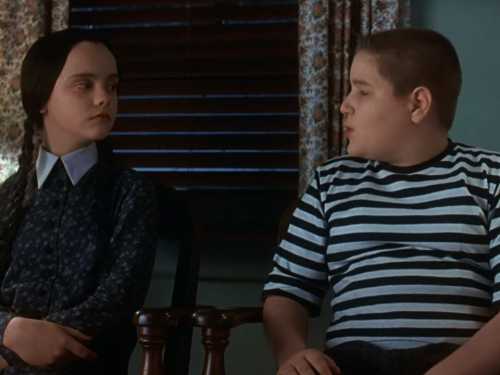
This year, The New Yorker presented more than eighty short films, received two Oscar nominations, and won its first Emmy, for “Reeducated,” a virtual-reality documentary about prison camps in Xinjiang. The films included investigations, personal stories, and fantastical animations, with filmmakers from around the globe working with The New Yorker’s video department to produce short works shot from underreported angles. Whether looking at nature tourism in Canada from the perspective of a polar bear or showing the emotional toll of translating war-crimes testimony at The Hague, the films depart from the usual stories and structures. The films below represent just a few of the highlights.
“American Scar”
Daniel Lombroso’s documentary reveals the ecological destruction wrought by Donald Trump’s border wall. Shot in southern Arizona, the film incorporates stunning drone footage to show the scale and beauty of the regions affected, and dives deep into the ongoing debate over how to manage the damaged ecosystems that remain.
“The Box”
Even if the idea of solitary confinement is familiar—with “the box” now a common trope in prison narratives—James Burns and Shal Ngo’s short documentary delivers a shock. Using a combination of first-person narration, live reënactments, and stop-motion animation, the film brings to life the stories of formerly incarcerated people who survived stretches in isolation. Their reflections convey in a deeply personal way the experience of going without human contact and explore the long-term psychological consequences.
“Haulout”
This documentary, made by the brother-and-sister filmmakers Evgenia Arbugaeva and Maxim Arbugaev, is set on a strange, remote beach in the Siberian Arctic. There they embed for several months with a lone biologist who stays in an isolated hut to observe a huge group of walruses that visit the shore each year. As sea ice disappears, the walruses must travel farther, under increasing stress, crowding dangerously onto the beach and sometimes even trapping the Arbugaevs and their host inside the hut. The resulting film shows from close up the impact of climate change on wild creatures and places, a vantage point that’s intimate to the point of claustrophobia.
“Holding Moses”
In “Holding Moses,” a documentary by Rivkah Beth Medow and Jen Rainin, the mother of a profoundly disabled child struggles to come to terms with her son’s condition and what it means for both of their lives. Randi, the mother, is queer, masculine-presenting, and a dancer; all of these elements of her identity are clear and present without becoming the focus of the film. Instead, the film’s interest is in how bodily practices—touch, stretch, dance, play—can provide powerful ways not only to give and receive care but to catalyze emotional change.
“In Flow of Words”
A translator’s job is to disappear, to transmit the words of another without becoming part of the story. In her documentary, the filmmaker Eliane Esther Bots puts the profession front and center. “In Flow of Words” focusses on several interpreters who spent years working at the International Criminal Tribunal for the former Yugoslavia, where they communicated on behalf of both victims and perpetrators. Now they get to speak for themselves, offering poignant and sometimes surprising reflections on war, narrative, and identity.
“Love, Dad”
Diana Cam Van Nguyen’s film is an unusual sort of memoir, turning letters that she and her father sent to each other while he was in prison, during her childhood, into characters. While unearthing difficult family history, Nguyen brings the correspondence to life using a variety of techniques. Making the film was more than a creative challenge, she told The New Yorker; it was a process of catharsis.
“Nuisance Bear”
To make their unusual twist on a nature documentary, Jack Weisman and Gabriela Osio Vanden spent a lot of time driving around Churchill, Manitoba, with a camera mounted on their car. The town has become a famous destination for wildlife photographers, with tourists flooding into the area to spot polar bears. Weisman and Osio Vanden were interested in human-bear interactions, but wanted to see the phenomenon from the animals’ perspective. Their film—which eschews the nature-doc tropes of voice-over and emotional musical cues—captures the town from a bear’s-eye view.
“Sandstorm”
In her narrative short, Seemab Gul conveys the turmoil that a girl in Karachi experiences after sending a suggestive (if still PG, by American standards) cell-phone video to her boyfriend. The film was inspired by the real-life story of the Egyptian teen-ager Ghadeer Ahmed, but the contours of its drama will resonate with anyone who has felt exposed or vulnerable because of the contents of their phone.
“Stranger at the Gate”
When Richard McKinney returned to the U.S. from tours of duty in Iraq and Afghanistan, he was angry, isolated, and filled with Islamophobia. He devised a plan to attack the local mosque in Muncie, Indiana, but, when he visited the facility to do reconnaissance, he found, instead of enemies, a community that embraced and transformed him. Joshua Seftel’s polyphonic documentary explores that relationship from all sides, featuring interviews with McKinney, his family, and many members of the religious community at the center of his plot. ♦
Sourse: newyorker.com






